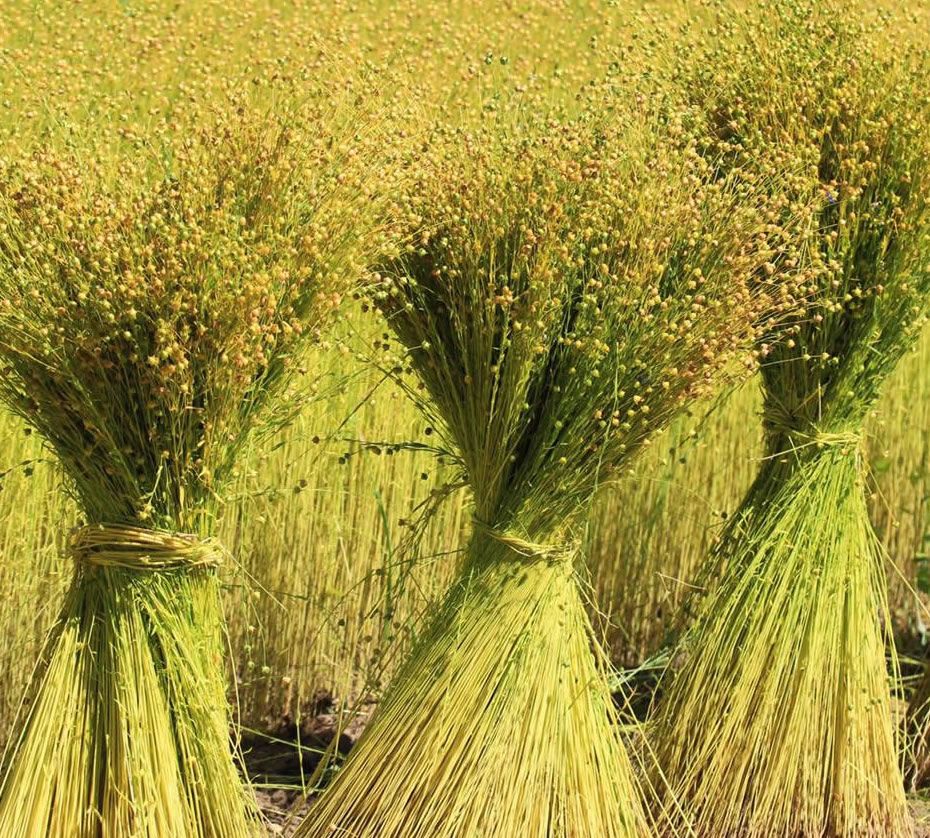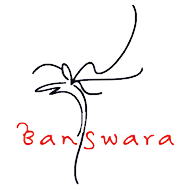THE PLACE OF HEMP IN YARN AND TEXTILE INDUSTRY

OTHER ARTICLES
- Advantages and Usage Areas of Culvitation of Hemp
- The Place of Hemp in Yarn and Textile Industry
- The Place of Hemp in Yarn and Textile Industry
- What is Linen and Linen Production in Turkey
- Sustainability in The Textile Industry
- Tthe Global Effect of The Pandemic and Tthe Evaluation of The Textile Sector
- Naturel Fibers and Organic Yarn Production
- Hemp Production in Turkey, A Historical Brief and Global Hemp Market
- European Flax Certificate
- Search for Sustainable Production in Textile Raw Material and the Hemp Yarn
- Linen and Hemp's Simila and Different Aspects
- Hemp Fiber and Fabric Production
- Ecological Hemp Production
- Sustainability Studies in the Textile Industry - 2021
- What is Needed for Sustainability in the Textile Industry ?
- Organic Yarn Demand Increases As Textile Raw Material Crisis Escalates
- 2021 Data and 2022 Expectations for Ready-made Clothing Industry and Textile Raw Materials
- Fiber and Hemp Yarn Production and Yarn Export in the Turkish Textile Industry
Hemp, or formerly known as Kendir, is a genus of herbaceous plants belonging to the Cannabaceae family. It can grow from 50 cm to 3 m. The body part of the genus is erect and hollow and covered with thorny hairs. There are three species, Cannabis indica, Cannabis sativa and Cannabis ruderalis, with different physical and chemical properties. Although its homeland is Central Asia and India, it is now grown in most temperate and tropical regions. It is known that hemp, which has a very old history, was found in clothing remnants of 8000 BC, and it was produced in Anatolia in 1500 BC.
As a source of vegetable raw materials, the fibers found in the stems are used in yarn, weaving and fabric making, and the pulpy part is used in paper making. In addition, hemp oil obtained from hemp seeds is one of the most valuable oils thanks to its low saturated fat content and high nutritional value. In terms of healthy nutrition and benefits to human health, the demand is increasing rapidly as a result of many studies and analyzes carried out recently.
When describing hemp, it is necessary to briefly mention the type of cannabis used in hemp production. Hemp production has been restricted by law due to the lack of access to accurate information for many years. Usually for hemp production, a new strain obtained by crossing indica and sativa species of hemp is used, the substance obtained from the flower and seed beds of the female plant and the leaves close to this region is used recreationally or medicinally. Since the male species does not bloom, it has no place in hemp production. For the production of hemp plants in our country, the “REGULATION ON CANNABLE CULTURE AND CONTROL” published by the Ministry of Agriculture in 1990 was issued and the practices and controls in planting and production activities were itemized, and cultivation areas were limited to some provinces.
Today, the industrial value of hemp is better understood and its cultivation is legally permitted in many countries. In the rapid increase in the demand for textile products produced from hemp fibers, hemp's superior ecological properties compared to cotton yarn and synthetic yarn, which are the most used raw materials in textile production, and a wide variety of usage areas can be counted. At the same time, the knowledge that the hemp fibers used in yarn production are obtained from the male individuals of the hemp sativa plant has now become widespread and it has started to eliminate the concerns of hemp production, which has enabled the production to be subsidized.
Although clothing products produced using hemp yarn are usually sold at a high price, it is preferred for a certain group of consumers to be organic, durable and resistant to abrasion. The hemp clothing industry in America today relies on fiber, hemp yarn and fabrics imported from Eastern Europe and China. More than 25 thousand hemp yarns used in clothing and underwear products such as jackets, shirts, dresses, trousers, T-shirts, skirts, upholstery fabrics, towels, curtains, mats, bags, bags, sacks and awnings, such as coarse woven fabrics (canvas) made of hemp fiber. indicated in the product. (Middle East Development Agency, 2019).
In the new trends of the clothing industry, sustainable design and ethical fashion seem to be words that we will hear more often in the coming years, so we can say that the increasing trend of hemp plant and hemp yarn production will continue.








Filofibra Pazarlama A.Ş.
FILOFIBRA Pazarlama A.Ş. has been providing service to Turkish Textile market in the sale of fiber, yarn and fabric in Istanbul since 1986.
Address
-
Filofibra Pazarlama A.Ş
-
Levent Cad. Sülün Sok. No: 34 1. Levent, Istanbul
-
Tel : +90 212 283 3860/ 9 Hat
-
Fax : +90 212 283 3859
-
Email - This email address is being protected from spambots. You need JavaScript enabled to view it.
Address Abroad
-
Filofibra SA
-
Riva Caccia 1 / A Central Park Bldg. 6900 Lugano / Switzerland
-
Tel - +41 91 985 78 11
-
Fax - +41 91 985 78 08 - 09 - 10
-
Email - This email address is being protected from spambots. You need JavaScript enabled to view it.

